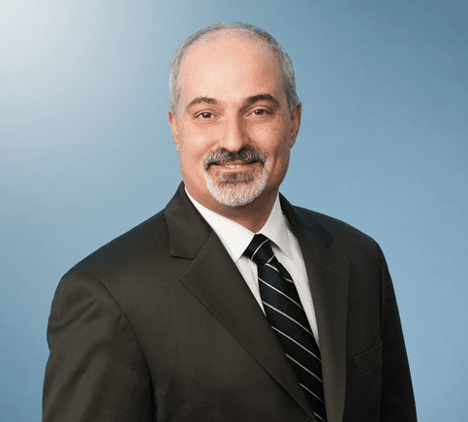News
 Applying Medical Loss Ratio to Dental Insurance: Considerations for Legislators
Applying Medical Loss Ratio to Dental Insurance: Considerations for Legislators
By Mike Adelberg, NADP Executive Director
November 29, 2023
Recently, I attended the fall meeting of the National Conference of Insurance Legislators (NCOIL), during which the organization again discussed whether to apply Medical Loss Ratio to dental plans. Since the passage of the Affordable Care Act, commercial market medical plans have been required to meet an 80% or 85% loss ratio; one state, Massachusetts, has established a similar loss ratio for dental plans; many other states have opted for a different approach—reporting and outlier remediation. After looking at this for a year, NCOIL could establish a model dental MLR law for the nation in early 2024.
Medical Loss Ratio is the percentage of incoming dollars that gets paid out in medical services. If a medical insurance plan collects $10,000 in premiums from a member and pays out $8,000 in medical claims and quality improvement activities, that plan had an 80% loss ratio for the member. The remaining 20% was used for “administrative” functions—including enrolling the member, maintaining the provider network, responding to questions, staying compliant with government requirements, etc. Insurance plans commonly have profit margins between 3 and 5%, whether medical or dental.
Medical and dental plans are both regulated by departments of insurance. Both also seek to stretch dollars by negotiating discounts with providers, cost-sharing with members, and reviewing expensive and unusual services to make sure the service is appropriate. However, medical and dental plans are dramatically different.
Premiums and Fixed Costs: A commercial market medical insurance premium is often around $600 a month. This contrasts with $35 for a dental PPO and $20 a month for a dental HMO. Despite this huge money gap, dental and medical plans perform most of the same administrative tasks. Professional insurance regulators and actuaries have long understood that because of this underlying fact, low premiums plans (including dental) cannot be expected to achieve the same loss ratio as high-premium products (including medical).
Mandated Coverage vs. Voluntary Coverage: The Affordable Care Act made medical insurance coverage near-universal. It created penalties for employers for not covering full-time employees, subsidized people who buy their own health insurance, and backstopped plans for covering sick/expensive individuals. None of this exists in dental; it is a voluntary, non-subsidized purchase. Dental plans hold premium increases because individuals and small businesses drop coverage when premiums rise too fast. Actuarial modeling projects premium increases as a necessary response to an arbitrarily high MLR for dental plans.
Catastrophic vs. Preventive Care Emphasis: Medical insurance provides 100% catastrophic coverage when individuals have a major medical need—like an expensive chronic disease or hospitalization. Families can lose their entire savings, house, etc. without this protection. Dental care can be expensive too, but not on the same scale. For this reason, and because preventive dental care supports a person’s overall health, dental plans typically pay 100% for preventive services but cap their annual maximum payment. Proponents of an arbitrarily high MLR for dental plans state that they want to use MLR to upend this common benefit design.
What happens if dental plans are required to meet a medical plan’s MLR? The Massachusetts experiment is still unfolding, but there are ominous signs. The state’s Department of Insurance has dealt with difficulties in implementation; the regulation, which must go into effect on January 1, is still not final. Even without a final regulation, five dental plans have determined that they must exit the Massachusetts Small Group market. Additional exits are likely when the regulation is finalized. In 2024, tens of thousands of people will lose dental coverage, be forced to switch providers or be forced to select more expensive plans. While I truly hate writing this, it is probable that fewer people will be covered in 2024 than in 2023.
NADP looks forward to working with NCOIL on a model law based on reporting and outlier remediation.




